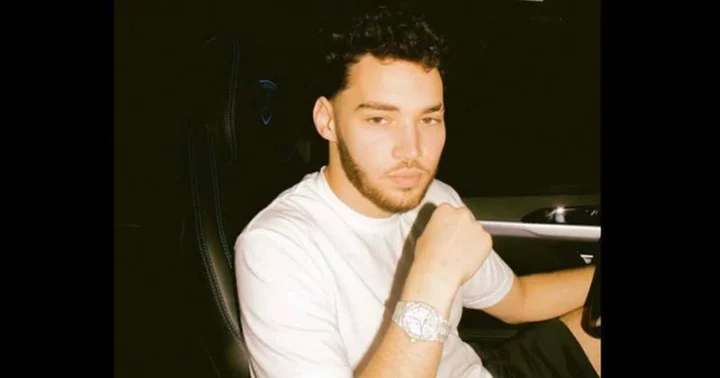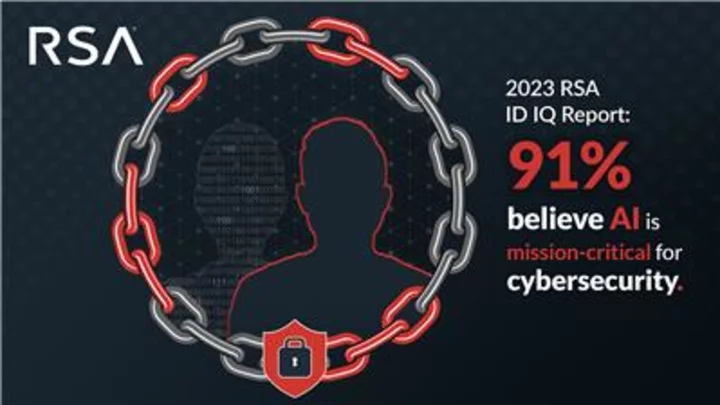
Listen up: Get up to 4 free months of Amazon Music Unlimited
SAVE UP TO $39.96: As of Sept. 19, anyone who hasn't signed up for Amazon
2023-09-20 00:56

Billie Eilish’s solar-powered Lollapalooza set
Billie Eilish’s upcoming headlining set at Lollapalooza in Chicago will be partially solar-powered, thanks to her partnership with environmental non-profit Reverb.
2023-08-01 15:25

Why was Adin Ross permanently banned on Twitch? Kick streamer reveals 'stupid' reason: ‘They are just being petty’
Adin Ross said, 'My Kick chat box was in the top right, they never ban anyone over that sh*t, they banned me for unmoderated control over chat'
2023-07-18 12:21

Spherix Global Insights Partners With Content Catalyst to Launch Best-in-class Client Portal
CAMBRIDGE, England--(BUSINESS WIRE)--Aug 9, 2023--
2023-08-09 23:29

xQc reveals Kick equity in candid exchange with Pokimane, sends fans into frenzy: 'That's utterly insane'
xQc signed a $100M deal with Kick, joining others like Trainwreckstv and Adin Ross who have also entered such partnerships with the platform
2023-06-19 14:28

RSA ID IQ Report Reveals What You Don’t Know Will Breach You
BEDFORD, Mass.--(BUSINESS WIRE)--Jul 27, 2023--
2023-07-27 20:29

Change the Channel: Linear TV Viewership Dips Below 50% for First Time
Years of the cord cutting that cable-TV executives used to insist wasn’t really happening have
2023-08-17 10:58

Intel CEO Says U.S. Is Winning AI Race Over China, and a Tech Boom Is Coming
CEO Pat Gelsinger expects more innovation—including better capabilities to use and generate animation, video, and speech.
2023-10-18 00:51

A Night Train Through Europe’s Heart Has a Lot Riding On It
Brussels Midi isn’t the most seductive of Europe’s railway stations. The modern hub in the Belgian capital lacks
2023-06-09 12:21

Hot Oceans Are Fueling Weather Disasters Around the World
Heat searing enough to knock out mobile phones. Wildfire smoke that turns the skies an apocalyptic orange. Flash
2023-07-25 18:29

FIFA 23 Liga Portugal TOTS Upgrade SBC: How to Complete
FIFA 23 Liga Portugal TOTS Upgrade SBC is now live during Team of the Season. Here's how to complete the SBC and the best items to pack.
2023-06-07 01:24

Will Elon Musk compete against Joe Rogan? Twitter to challenge Spotify by launching 3-hour podcast feature
Comedian Theo Von's tweet about the platform's comic inflexibility piqued Elon Musk's interest
2023-07-04 14:21
You Might Like...

MicroStrategy’s Saylor Makes Largest Bitcoin Acquisition Since Prices Peaked in Late 2021

PFL sensation and OnlyFans model seeks MrBeast's sponsorship to boost her fighting career, fans say 'worth a shot'

Black holes may lie even closer to us than we thought, new study finds

Scholar dedicated his career to arguing that Jesus was a hallucinogenic mushroom

Is Madison Beer a threat to Pokimane and Amouranth? Fans dub rising streamer 'new queen of Twitch'

Exclusive-ICBC injected capital into U.S. unit after hack - sources

Tech group sues Arkansas over law requiring parental OK for minors creating social media accounts

How to use StandBy on iOS 17
